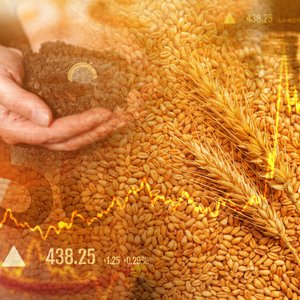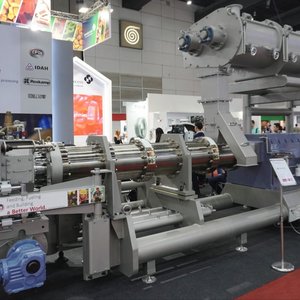Gut Inflammation: Effects on Animal Production and Management Approaches
Carrie Cook, Ph.D., Aova Technologies, Inc.
The more we learn about inflammation, the more it captures a key role in our understanding of disease mechanisms and general health in both people and livestock. The immune system (IS) is incredibly complex and highly effective at combating the universe of pathogens to which we’re continually exposed. When the IS is activated, an array of specialized cells, proteins, and signaling molecules are rapidly produced and mobilized to fend off any threat, real or perceived. Providing for such vigilance and flexibility represents a high metabolic cost. Thus, avoiding excessive IS activation can free up metabolic resources (energy and nutrients) to be used elsewhere, such as for growth and reproduction. The practical outcome of this in modern agriculture is that we can boost animal production by limiting inflammation. In fact, the drastic improvements in animal performance realized in this era of advanced disease control, sanitation, and biosecurity has been attributed primarily to minimizing IS activation .
Many IS activities are concentrated in the gut, which has more than 70% of all the immune cells in the body . Subtle changes in health status, especially gut health, can significantly impact production even in the absence of overt disease. Enteric challenges can decrease weight gain, feed intake, feed efficiency, survivability, uniformity and the ability to adapt to environmental conditions. Achieving optimal gut health should be of primary concern for producers striving for high animal performance more ... (click below to download complete document (PDF).
gut-inflammation-effects-on-animal-production-and-management-approaches










